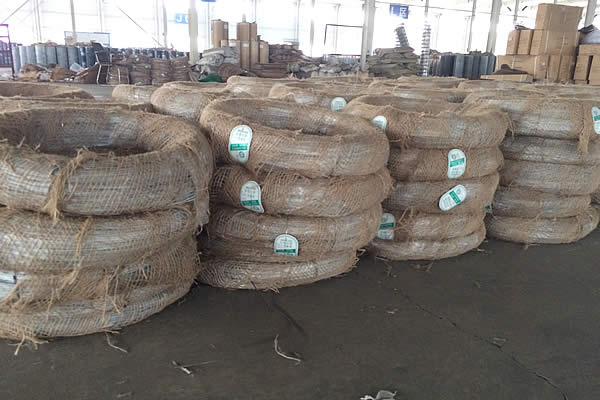 TEL:
+86-13102802206
TEL:
+86-13102802206
 Email:
fencenetting@china.com
Email:
fencenetting@china.com
 Language
Language
 TEL:
+86-13102802206
TEL:
+86-13102802206
 Email:
fencenetting@china.com
Email:
fencenetting@china.com
 Language
Language


The Symbolism of Barbed Wire Fence in Prisons
Barbed wire fences serve as powerful symbols of confinement, control, and isolation, representing both the physical and psychological barriers that exist within the prison system. These imposing structures, largely made of twisted strands of steel with sharp protrusions, epitomize the harsh realities faced by incarcerated individuals. The use of barbed wire in prisons is not merely a matter of security; it encapsulates a range of themes associated with punishment and societal perceptions of crime.
The Symbolism of Barbed Wire Fence in Prisons
The design of barbed wire itself suggests violence—sharp edges and tangled twists symbolize the pain and suffering of imprisonment. For many, the barbed wire fence encapsulates a life sentence of misery. It often makes the outside world seem like an unattainable dream, reinforcing feelings of worthlessness and despair. The psychological impact of constantly seeing these harsh structures can contribute to a deteriorating mental state, as individuals grapple with the reality of their situation. In this sense, the barbed wire serves a dual purpose it is a physical security measure while also functioning as an emotional and psychological barrier.

Interestingly, the presence of barbed wire does not only affect the lives of those incarcerated but also shapes societal perceptions of crime and punishment. When people visualize a prison, the image of a barbed wire fence is often at the forefront. This imagery perpetuates a particular narrative around crime, suggesting that those behind bars are dangerous and deserving of isolation. It reinforces the punitive nature of the justice system, overshadowing the potential for rehabilitation and reform. The aesthetics of imprisonment, greatly defined by these formidable fences, contribute to societal attitudes that stigmatize and marginalize individuals who have been incarcerated.
Moreover, the existence of barbed wire fences reflects broader societal attitudes towards justice and redemption. In an era where conversations about prison reform and rehabilitation are gaining traction, the unyielding presence of barbed wire can appear antiquated and outdated. It raises questions about how we view crime and punishment—whether we focus solely on punishment or also consider the possibility of reintegration into society. The barbed wire, then, stands as a physical reminder of the tension between retribution and rehabilitation.
In conclusion, barbed wire fences serve as a complex and multifaceted symbol within the prison system. They not only denote physical confinement but also illustrate the emotional and psychological turmoil experienced by inmates. Additionally, they inform societal perceptions of justice and punishment, prompting critical discussions about the future of incarceration. As we move towards a more humane approach to justice, it is essential to reconsider the implications of barbed wire fences and what they represent in the context of rehabilitation and societal reintegration. Changing this narrative may ultimately lead to a more compassionate understanding of crime, punishment, and the human capacity for change.